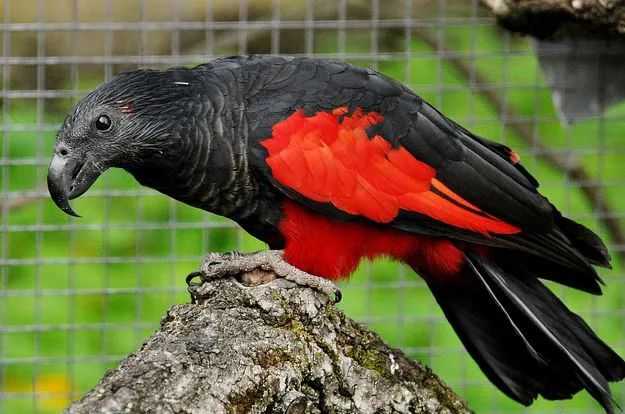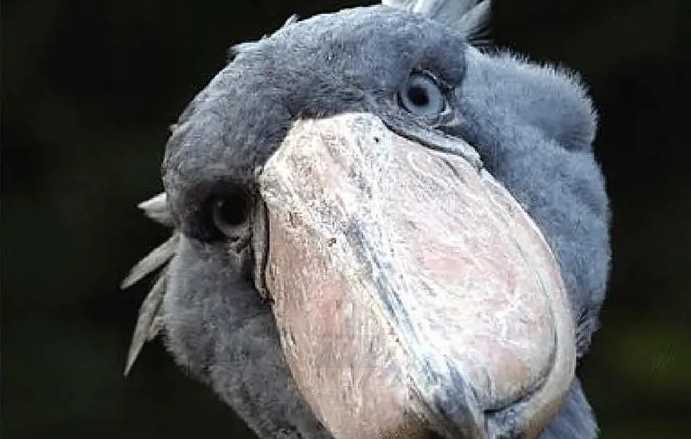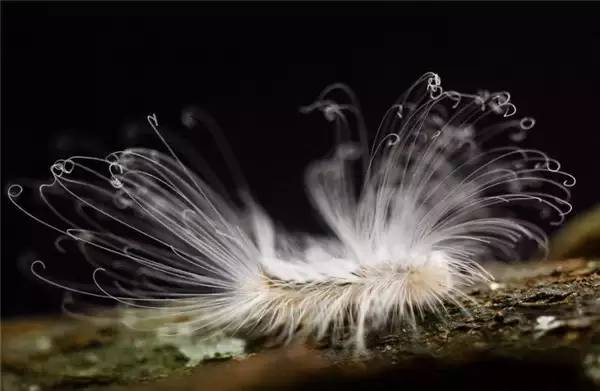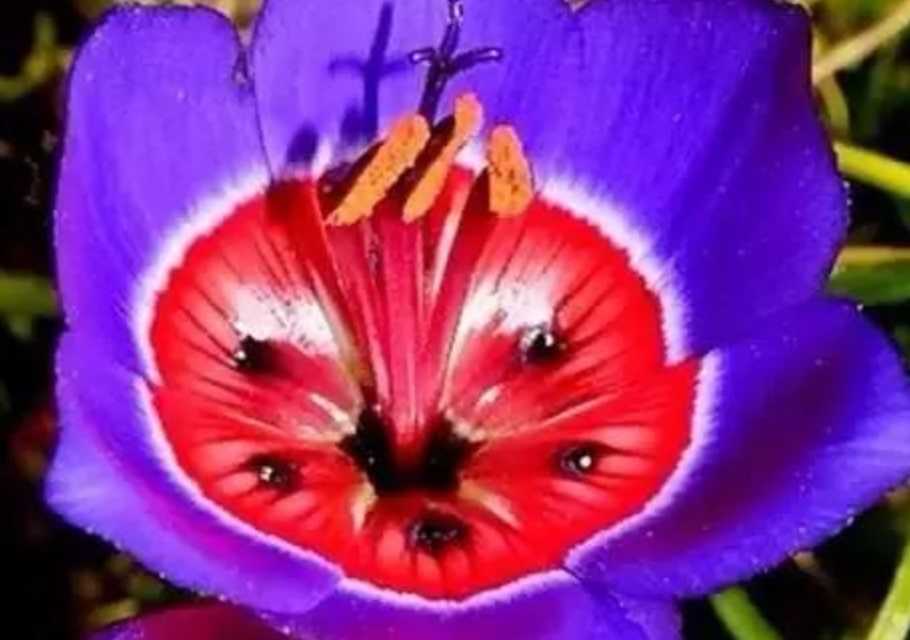The Dracula Parrot: New Guinea’s Mysterious Avian Noble in Gothic AttireScientifically named Psittrichas fulgidus, this medium-sized parrot inhabits the mountainous regions of New Guinea, measuring around 35 cm and feasting on nuts and fruits. True to its enigmatic moniker, the Dracula parrot lives up to its mysterious aura: cloaked in jet-black plumage, it sports vivid blood-red patches on its chest, belly, and forewings, creating a striking contrast that evokes the regal yet ominous figure of literary vampires. This gothic aesthetic inspired its name, a nod to Bram Stoker’s iconic Count Dracula.
June 30, 2025, 3:23 pm EDT

Source: Images from the Internet, if there is any infringement, please contact the removal of









